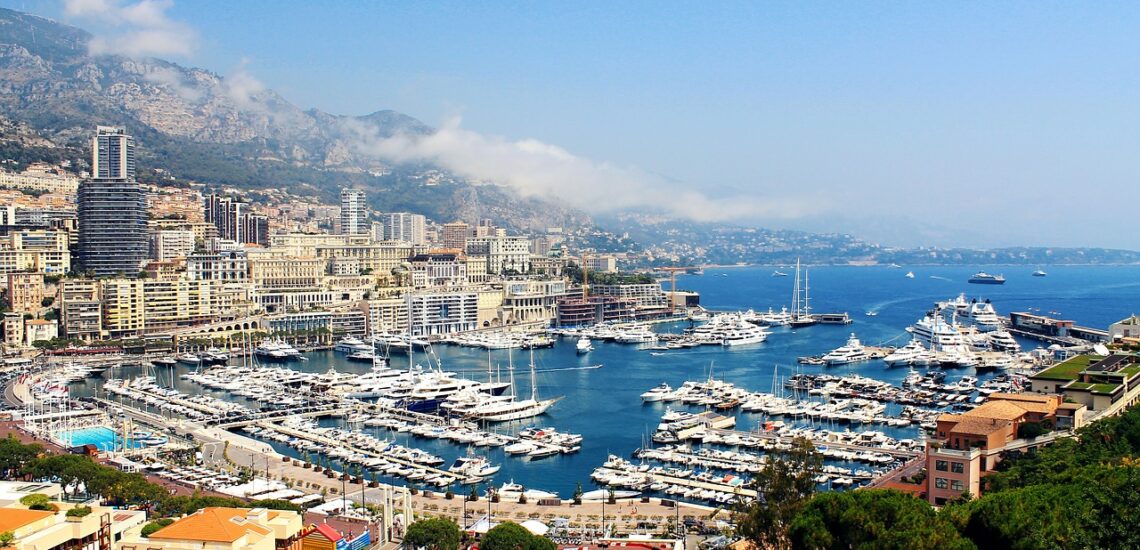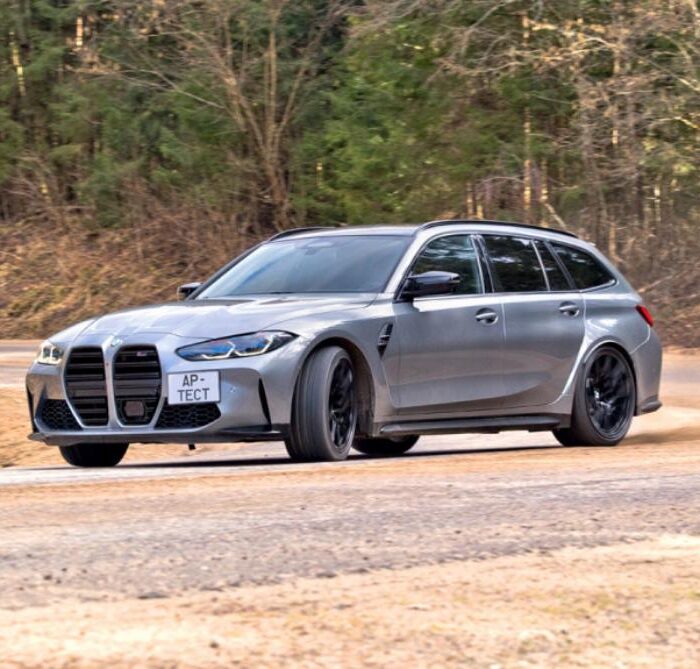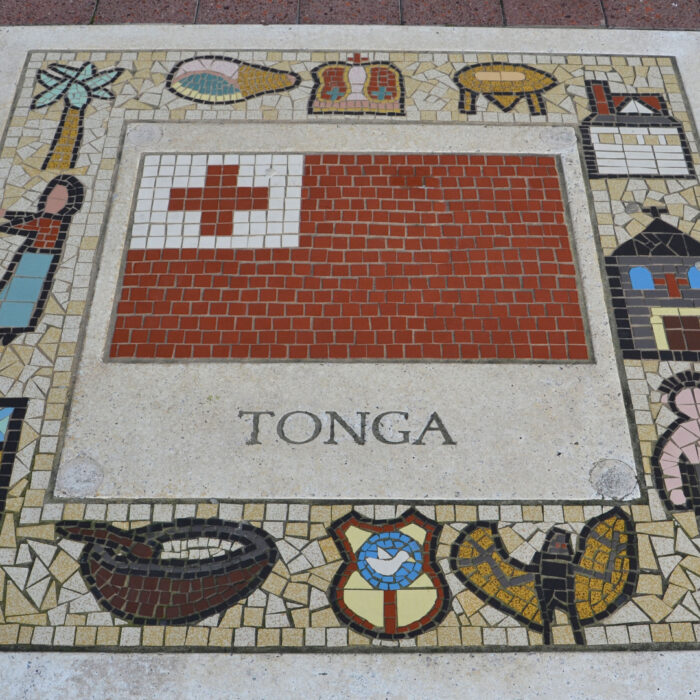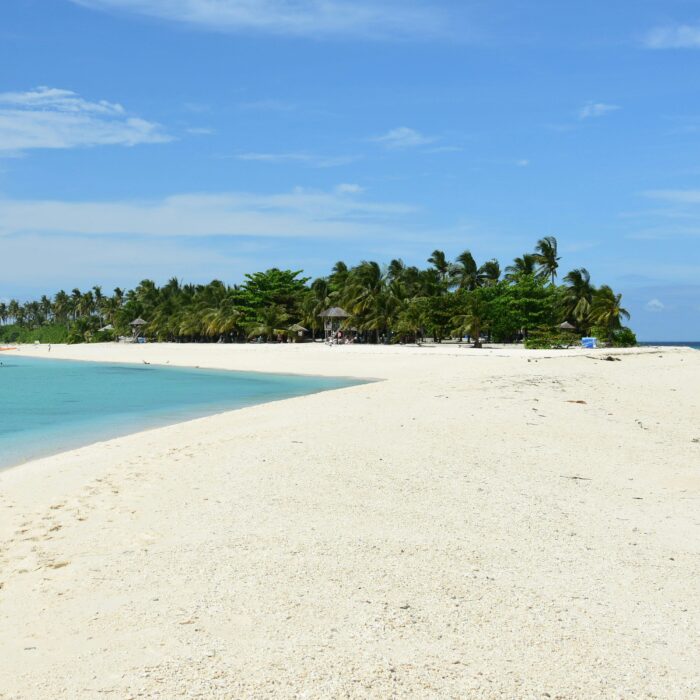Quick facts about Monaco:
- Population: Approximately 39,000 people.
- Capital: Monaco.
- Official Language: French.
- Currency: Euro (EUR).
- Government: Constitutional monarchy with a parliamentary democracy.
- Major Religion: Roman Catholicism, with a significant expatriate community.
- Geography: Located on the French Riviera in Western Europe, bordered by France and the Mediterranean Sea, known for its luxurious lifestyle, high-end casinos, and glamorous events.
Fact 1: Monaco is the second smallest country
Monaco is one of the smallest countries in the world in terms of both land area and population. Located on the French Riviera in Western Europe, Monaco covers an area of just 2.02 square kilometers (0.78 square miles), making it the second-smallest country in the world after Vatican City.
It is also one of the most densely populated countries in the world.

Fact 2: One in three citizens of the country is a millionaire
Monaco has one of the highest concentrations of millionaires and billionaires in the world. It is estimated that around one-third of Monaco’s population are millionaires, meaning they have assets or wealth valued at one million or more in currency units, such as euros or dollars.
The principality of Monaco is renowned for its favorable tax policies, luxury real estate market, and status as a playground for the wealthy and elite. Many affluent individuals are attracted to Monaco’s high standard of living, safety, and exclusive amenities, including luxury shopping, fine dining, and world-class entertainment.
The presence of a significant number of millionaires and billionaires in Monaco contributes to its reputation as one of the wealthiest and most glamorous destinations in the world.
Fact 3: The Monte Carlo Casino may be the most famous
While the Monte Carlo Casino is one of the most famous landmarks in Monaco and a symbol of the principality’s glamour and luxury, gambling is prohibited for citizens of Monaco. This restriction is part of Monaco’s efforts to protect its citizens from the potential negative impacts of gambling addiction and to preserve the principality’s image as a high-end destination for tourists and visitors.
This unique situation reflects Monaco’s approach to balancing the interests of its citizens with its status as a global tourism destination known for its luxury lifestyle and entertainment offerings.
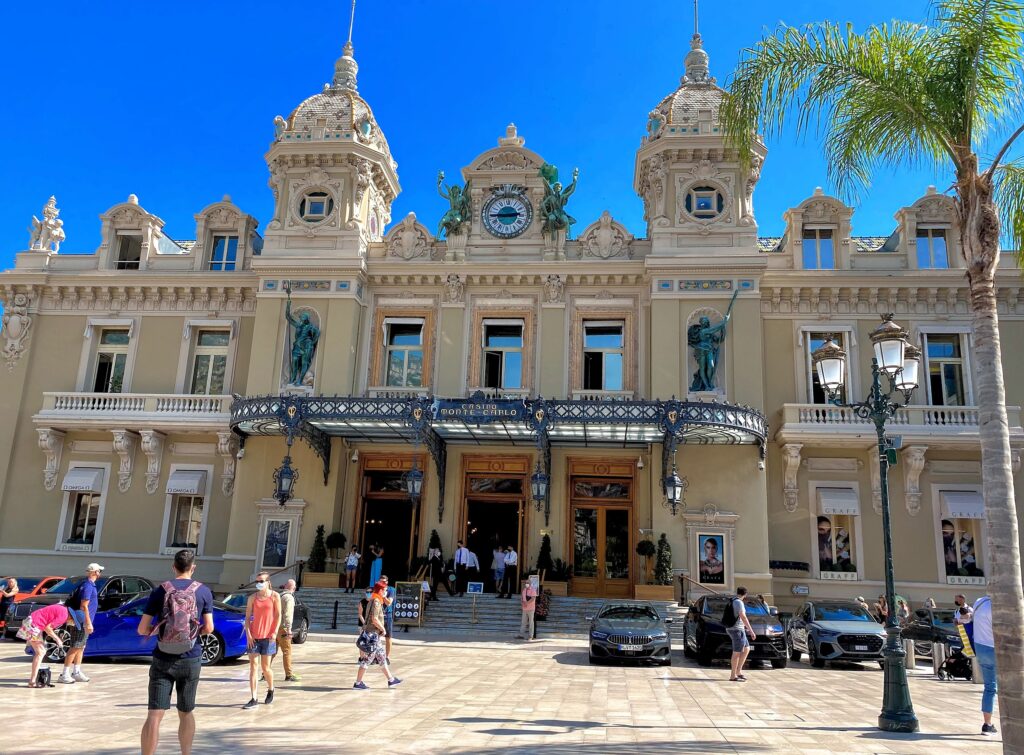
Fact 4: Monaco has no airport, but plenty of heliports
The absence of an airport is due to Monaco’s small size and limited space for infrastructure development.
Instead of relying on traditional airports, many travelers to Monaco opt to arrive by helicopter, which offers a quick and convenient way to access the principality from nearby cities and airports. Helicopter services connect Monaco to major airports such as Nice Côte d’Azur Airport in France, as well as other destinations along the French Riviera.
Monaco’s heliports are strategically located within the principality, providing easy access to key areas such as the Monte Carlo district and the Port Hercules. Helicopter travel is popular among business executives, celebrities, and affluent travelers seeking a luxurious and efficient mode of transportation to and from Monaco.
Fact 5: Monaco has free elevators for the convenience of pedestrians
Monaco does have free elevators and escalators installed in certain locations throughout the principality to facilitate the movement of pedestrians. These elevators and escalators are primarily found in areas with steep inclines or hilly terrain, providing convenient access to different levels of the city and making it easier for pedestrians to navigate the urban landscape.

Fact 6: Real estate in Monaco is very expensive
Real estate in Monaco is known for being among the most expensive in the world due to the principality’s limited land area, high demand, and exclusive luxury market. Despite the high cost of real estate, the government of Monaco has implemented measures to provide affordable housing options for its residents, including subsidized apartments. These subsidized apartments, known as “logements sociaux” or social housing, are offered at reduced rents to eligible residents, including citizens of Monaco and individuals who work in the principality. The availability of subsidized apartments helps ensure that local residents, including low- and middle-income individuals and families, have access to affordable housing options in Monaco.
Fact 7: Monaco increases its area by reclamation of territories
Monaco has engaged in land reclamation projects over the years to increase its land area and address the challenge of limited space in the densely populated principality. Land reclamation involves creating new land by filling in coastal areas or extending into the sea using various engineering techniques.
One of the most notable land reclamation projects in Monaco is the Fontvieille district, which was created in the late 20th century by reclaiming land from the Mediterranean Sea. The Fontvieille district now features residential, commercial, and recreational facilities, including a marina, parks, and residential buildings.
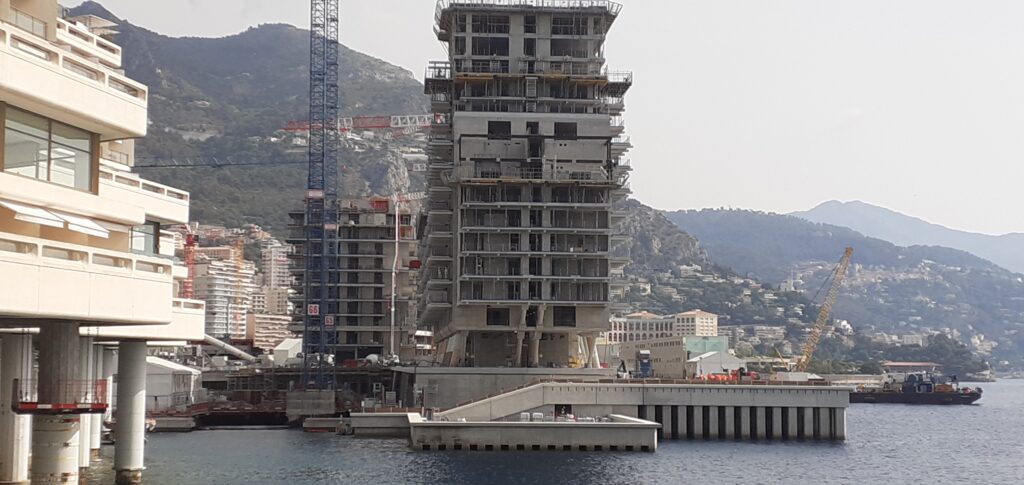
Fact 8: The ruling dynasty in Monaco from Genoa
The ruling dynasty in Monaco, the House of Grimaldi, traces its origins to the Republic of Genoa, a maritime republic located in present-day Italy. The Grimaldi family first rose to prominence in the 12th century and played a significant role in the politics and commerce of Genoa.
In 1297, the Grimaldi family acquired the fortress of Monaco through a strategic military maneuver, marking the beginning of their rule over the principality of Monaco. Since then, the Grimaldi dynasty has remained the ruling family of Monaco for over 700 years, with successive generations of Grimaldi rulers shaping the history and development of the principality.
Fact 9: There are Formula 1 races in Monaco
The Monaco Grand Prix takes place annually on the Circuit de Monaco, a street circuit laid out in the streets of Monaco, including its famous harbor section.
The Monaco Grand Prix is known for its challenging and narrow circuit, featuring tight corners, elevation changes, and limited overtaking opportunities. The race attracts top Formula 1 drivers and teams, as well as thousands of spectators from around the world who come to witness the spectacle of racing through the streets of Monaco.
Note: When planning a trip to Monaco, check if you need an International Driver’s License to rent and drive a car.

Fact 10: There is virtually no crime in Monaco
Monaco is known for having one of the lowest crime rates in the world. The principality’s small size, high population density, and strong law enforcement presence contribute to its reputation as a safe and secure destination.
Monaco’s police force is highly efficient and well-equipped to maintain public safety and order. Additionally, the principality’s strict regulations and surveillance systems help deter criminal activity. There are, however, a few dozen prisoners in the country, convicted mostly of financial fraud.

Published April 28, 2024 • 6m to read

